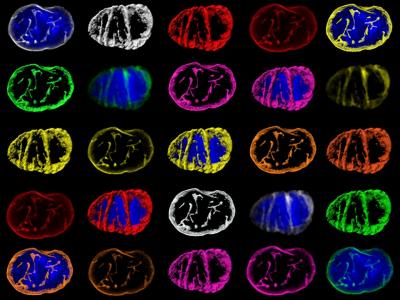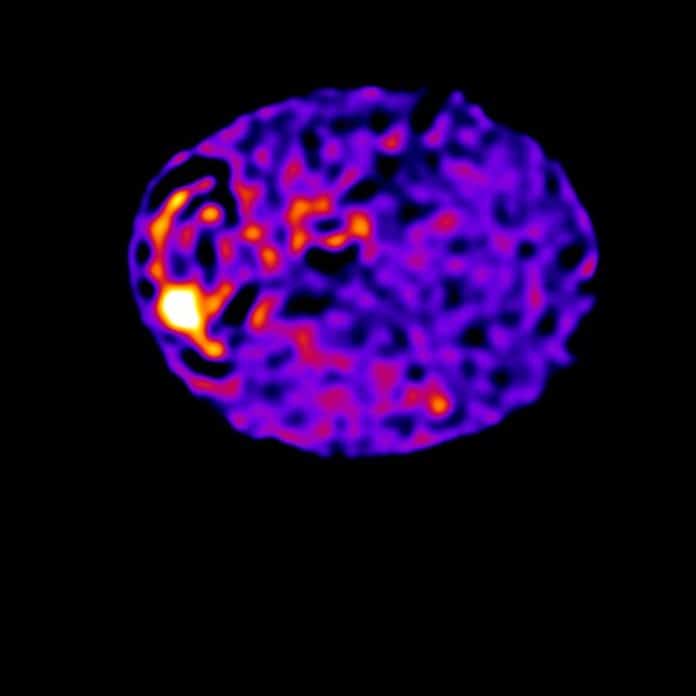Cells can detect what’s going on around them, and they can respond in realtime to cues from their neighbors and environment. At this very moment, your cells are sending and receiving millions of signals in the form of chemical signaling molecules!
Scientists in new research have suggested that the cells are wired like computer chips in the body to direct signals that instruct how they function. What’s more, they can rewire their signaling networks to change their behavior.
According to scientists, this study may help in getting detail insights on how instructions spread around a cell on its head. The study- conducted by the University of Edinburgh- found that the information is transmitted through a web of guide wires across tiny, nanoscale distances.

CREDIT
The University of Edinburgh
Scientists noted, “It is the movement of charged molecules across these tiny distances that transmit information, just as in a computer microprocessor. These localized signals are responsible for orchestrating the cell’s activities, such as instructing muscle cells to relax or contract. When these signals reach the genetic material at the heart of the cell, called the nucleus, they instruct minute changes in structure that release specific genes so that they can be expressed.”
“These changes in gene expression further alter the behavior of the cell. When, for instance, the cell moves from a steady state into a growth phase, the web is completely reconfigured to transmit signals that switch on the genes needed for growth.”
They further added, “Understanding the code that controls this wiring system could help understand diseases such as pulmonary hypertension and cancer, and could one day open up new treatment opportunities.”
To reach the conclusion, scientists primarily studied the movement of charged calcium molecules inside cells, which are the key messages that carry instructions inside cells. They then used high-powered microscopes to better observe the wiring network with the help of computational algorithms.
Professor Mark Evans, of the University of Edinburgh‘s Centre for Discovery Brain Sciences, said: “We found that cell function is coordinated by a network of nanotubes, similar to the carbon nanotubes you find in a computer microprocessor.”
“The most striking thing is that this circuit is highly flexible, as this cell-wide web can rapidly reconfigure to deliver different outputs in a manner determined by the information received by and relayed from the nucleus. This is something no man-made microprocessors or circuit boards are yet capable of achieving.”
The study, published in Nature Communications, was funded by the British Heart Foundation.
